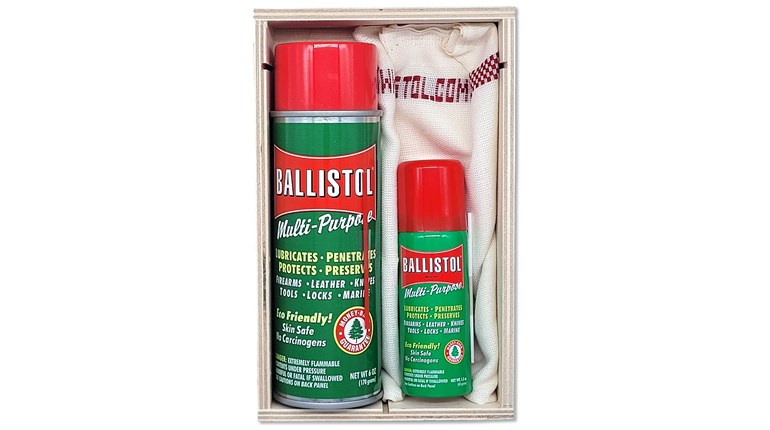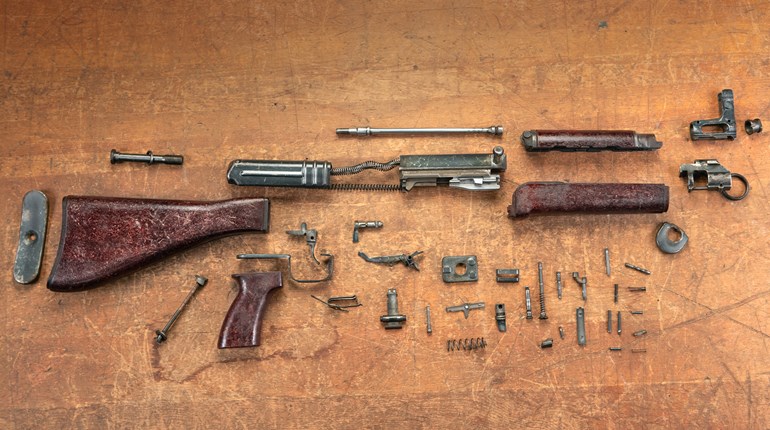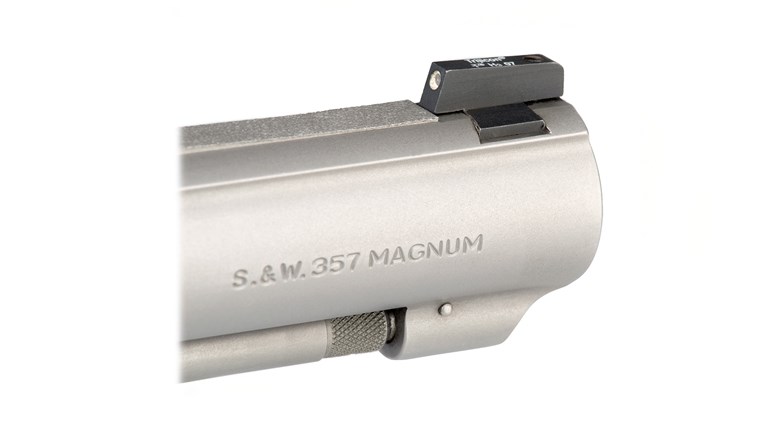
Have you ever had the misfortune of pulling a rifle out of a gun case, expecting to see a lustrous blue or flat-black finish but instead finding it covered in rust blooms? The feeling that accompanies the sudden realization that your storage methods suck is pretty awful. The worst case I have experienced involved a single-shot Rossi Matched Pair rifle/shotgun kit that one of my sons bought. After just three months in its soft-side, takedown case, the rust was so thick on the receiver and barrels that they stuck to the case’s lining. It was horrendous and beyond explanation. Regardless of whether the cause was something in the case, the factory’s flawed finishing process or some other unknown gremlin, the firearm was completely ruined. I sandblasted it in the vain hope that the damage was only on the surface, but found the corrosion went far too deep to repair. Up to that point, I had been keeping long guns in soft cases, oiled up and stored in a closet, without incident. But that one lesson convinced me that I needed to improve my rifle storage methods.
Time and the elements are rough on all metals but ferrous types are particularly vulnerable to corrosion. “Soldier gold” can appear on blued, parkerized/phosphated and even painted or dipped guns. Likewise, stainless steel and even aluminum are not immune when stored in very moist or salty environments. If you are going to store your rifle long term, a few extra protective measures will help keep the scourge of rust at bay.The best defense against corrosion is a container that seals against moisture and air exchange. My top choice is a good quality gun safe with a seal around the door and a dehumidifier (or two) inside. But good safes are expensive, heavy enough to require an appliance dolly and help to move and they take up a lot of floor space. A weather-sealed hard gun box is another route that will allow you to secure the rifle against moisture, but at $100 to $250 a pop, they can be pricey for storing multiple rifles. The same capability is available through military-surplus equipment containers at a fraction of the cost. These hard cases come in all sizes and are made of steel, aluminum or various plastics and can be found at surplus stores and through websites like sportsmansguide.com. Most surplus cases are not long enough for full-size rifles and will require breaking down your guns into their major components, but that makes storage easier, too. Steel 120 mm mortar ammo cans and artillery-powder-charge tubes are stout, inexpensive and have rubber seals for their lids. Multiple cans or tubes can be stored with relative ease even in confined spaces. An inexpensive, watertight container can also be made from large-diameter, capped-PVC pipe with one threaded end. Whatever the container used, ensure all gaskets and latches are intact and functional before placing your rifle inside and forgetting about it.
You can enhance your container with an inner protective layer that negates moist air trapped in the outer case at the time of sealing. ZCORR anti-rust storage bags work to neutralize the moisture inside them once sealed. Silicone-impregnated gun-socks are a cheap and durable option to help keep corrosion at bay. Even large plastic bags will work if you seal them up with tape. Apply a healthy coating of oil prior to placing the rifle inside your inner protective layer.
I would avoid the cosmoline/grease route because it is such a pain to remove. Heavy gun oils work well here—just be sure they are compatible with your inner protective layer’s material and always clear the bore before firing. Stay away from plant-based, environmentally friendly oils for this purpose because they tend to turn into glue over time.
Apply a liberal coat of oil to any corrosion-prone surfaces and remember to coat the barrel and inner parts too. You can add some additional cheap insurance by placing small desiccant packs inside the container, too.
The principles behind long-term rifle-storage solutions can be applied elsewhere, as well. My very first rifle came to me well-used and with obvious signs of water damage to the receiver. The previous owner used the combination rifle-over-shotgun as his trunk gun without much thought given to protecting it.
Whether you plan to place your long gun(s) in the back of a closet, behind a pickup-truck seat or in an in-ground cache, taking the time to protect them against the ravages of time and nature will ensure they live long enough for the next generation to enjoy.





































